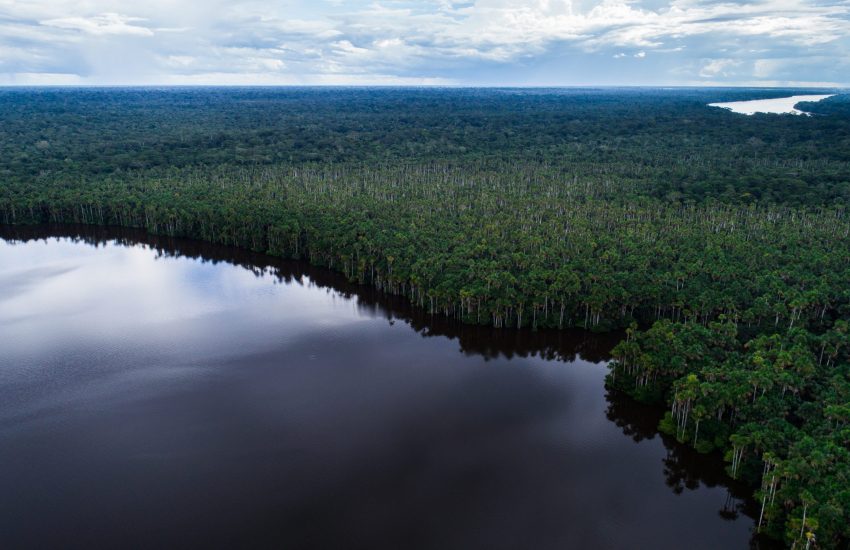This is what the economy of the Amazon…
10 July, 2024


This is what the economy of the Amazon…
10 July, 2024
Monday 12 december 2022
Header photo: ©Tom Laffay, Peru Madre de Dios forest and river
The report, Towards a circular economy that begins and ends in nature, examines links and potential gaps between circular economy and biodiversity policy approaches in the European Union. Specifically, it focuses on policies related to the food, water and nutrients value chain, which is a key driver of land use change and biodiversity loss, and was highlighted in the EU’s Circular Economy Action Plan as a sector with high resource use and potential for circularity.
The report acknowledges the strong potential of the circular economy to achieve our environmental targets. It also points out that some theories or practices associated with the circular economy concept today need to be carefully considered to ensure they do not pose a risk to biodiversity. For instance, a growing demand for bio-based materials to replace plastics can result in increased land use pressures and habitat losses, while a growing demand for timber as a sustainable building material may lead to a loss of primary forests or the plantation of monocultures.
To address these potential issues and ensure that efforts to transition to a circular economy maximises its contribution to reversing biodiversity loss, the authors call for more policy cohesion within the EU as well as internationally.
10 July, 2024
At last year's regional summit Conversations from the Amazon, representatives of Indigenous peoples gathered in Colombia to share knowledge and…
09 July, 2024
In addition to its incredible species diversity, Madagascar provides millions of people with fresh water and other ecosystem services that…